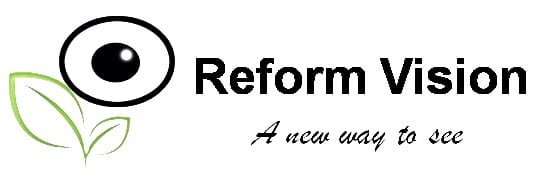
Head Office:
- 6-1-118/32, 3rd floor, second portion, CRPF Road, opp to RR girls hostel, padmarao nagar, secunderabad -500025.
- reformvision.in@gmail.com
- +916260515682
Branch: ( Appointment Only )
- Old Dhamtari Rd, Krishna Nagar, Santoshi Nagar, Raipur, Chhattisgarh 492015, Raipur, Chhattisgarh 492013
- +916260515682
Usefull Links
Copyright © 2012 - 2025 - Reform Vision, All rights reserved.
